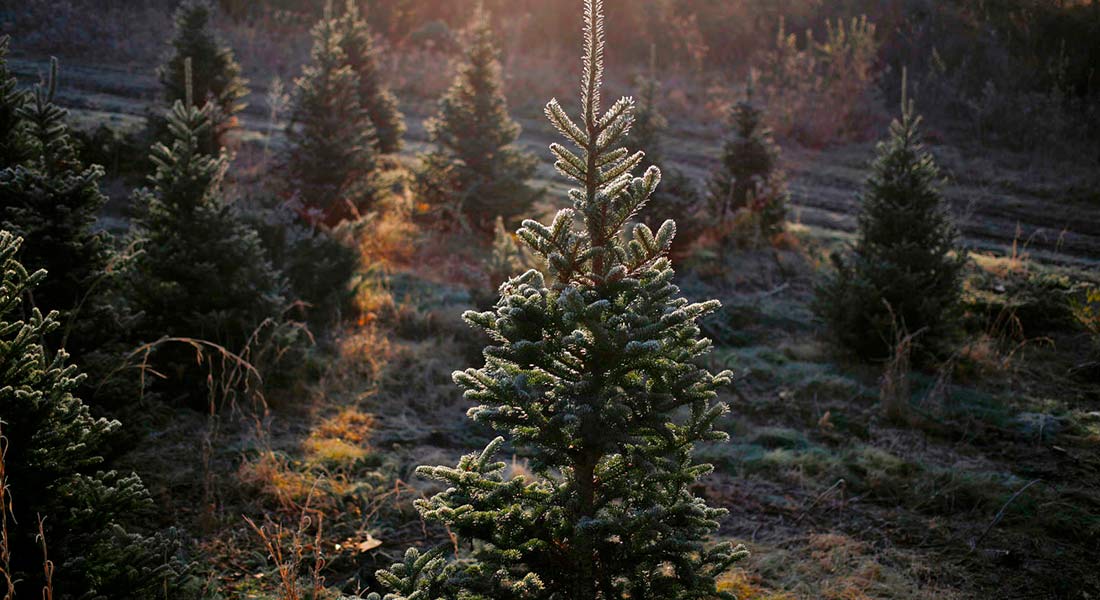
It´s that time of year again – Christmas is just around the corner. One of the first tell-tale signs is that Christmas trees start to pop up everywhere we look: in stores, in the streets, on the television and of course in people´s homes.
The Christmas tree has become one of the main symbols of the holiday season all around the world.
Have you ever wondered why this is? At Bios Urn we sure did. Keep on reading to find out about the History of the Christmas tree, from the earliest winter solstice celebrations, to Queen Victoria and all the way to today.
How It All Got Started
Long before the advent of Christianity, plants and trees that remained green all year had a special meaning for people in the winter. Just as people today decorate their homes during the festive season with pine, spruce, and fir trees, ancient peoples hung evergreen boughs over their doors and windows. In many countries it was believed that evergreens would keep away witches, ghosts, evil spirits, and illness.
In the Northern hemisphere, the shortest day and longest night of the year falls on December 21 or December 22 and is called the winter solstice. Many ancient people believed that the sun was a god and that winter came every year because the sun god had become sick and weak. They celebrated the solstice because it meant that at last the sun god would begin to get well. Evergreen boughs reminded them of all the green plants that would grow again when the sun god was strong and summer would return.
The ancient Egyptians worshipped a god called Ra, who had the head of a hawk and wore the sun as a blazing disk in his crown. At the solstice, when Ra began to recover from the illness, the Egyptians filled their homes with green palm rushes which symbolized for them the triumph of life over death.
Early Romans marked the solstice with a feast called the Saturnalia in honor of Saturn, the god of agriculture. The Romans knew that the solstice meant that soon farms and orchards would be green and fruitful. To mark the occasion, they decorated their homes and temples with evergreen boughs.
In Northern Europe the mysterious Druids, the priests of the ancient Celts, also decorated their temples with evergreen boughs as a symbol of everlasting life.
The fierce Vikings in Scandinavia thought that evergreens were the special plant of the sun god, Balder.
So maybe it is fair to say that the origins of the Christmas Tree started from many different places around the world.
The introduction of the Christmas tree
Germany is credited with starting the Christmas tree tradition as we now know it in the 16th century when devout Christians brought decorated trees into their homes. Some built Christmas pyramids of wood and decorated them with evergreens and candles if wood was scarce.
It is a widely held belief that Martin Luther, the 16th-century Protestant reformer, first added lighted candles to a tree. Walking toward his home one winter evening, composing a sermon, he was awed by the brilliance of stars twinkling amidst evergreens. To recapture the scene for his family, he erected a tree in the main room and wired its branches with lighted candles.
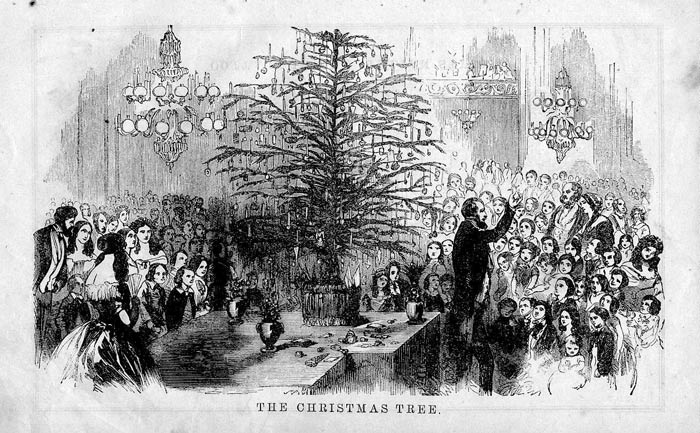
How the Chrismtas tree became a worldwide symbol
Most 19th-century Americans found Christmas trees an oddity. The first record of one being on display was in the 1830s by the German settlers of Pennsylvania, although trees had been a tradition in many German homes much earlier. The Pennsylvania German settlements had community trees as early as 1747. But, as late as the 1840s Christmas trees were seen as pagan symbols and not accepted by most Americans.
It is not surprising that, like many other festive Christmas customs, the tree was adopted so late in America. To the New England Puritans, Christmas was sacred. That stern solemnity continued until the 19th century, when the influx of German and Irish immigrants undermined the Puritan legacy.
In 1846, the popular royals, Queen Victoria and her German Prince, Albert, were sketched in the Illustrated London News standing with their children around a Christmas tree. Unlike the previous royal family, Victoria was very popular with her subjects, and what was done at court immediately became fashionable—not only in Britain, but with fashion-conscious East Coast American Society. The Christmas tree had arrived.
By the 1890s Christmas ornaments were arriving from Germany and Christmas tree popularity was on the rise. It was noted that Europeans used small trees about four feet in height, while Americans liked their Christmas trees to reach from floor to ceiling.
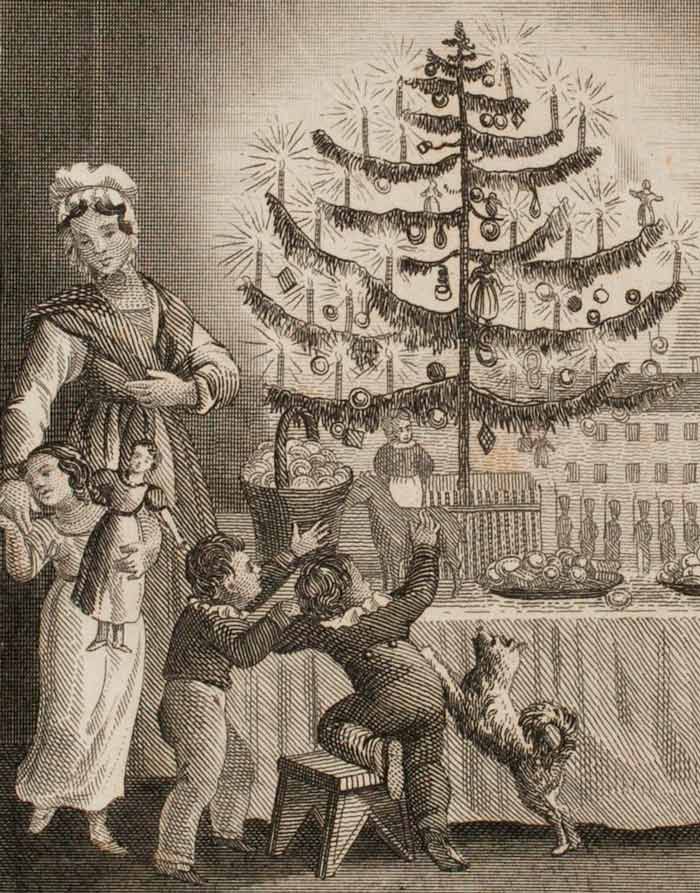
Early Christmas tree decorations
The early 20th century saw Americans decorating their trees mainly with homemade ornaments, while the German-American sect continued to use apples, nuts, and marzipan cookies.
Popcorn joined in after being dyed bright colors and interlaced with berries and nuts.
Electricity brought about Christmas lights, making it possible for Christmas trees to glow for days on end.
With this, Christmas trees began to appear in town squares across the country and having a Christmas tree in the home became a tradition.
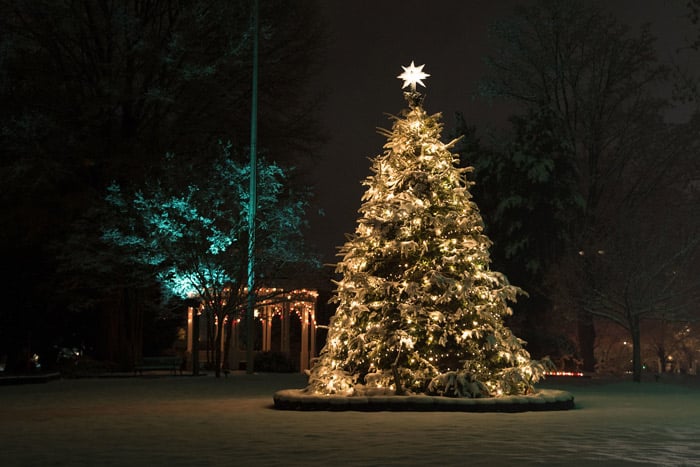
Did you know about the history of the Christmas tree? Let us know in the Comments section below! We´d love to hear from you. Why not plant an evergreen Christmas tree with your Bios Urn?
Join our mailing list to keep you updated of all Bios® news and get a 10% Discount!
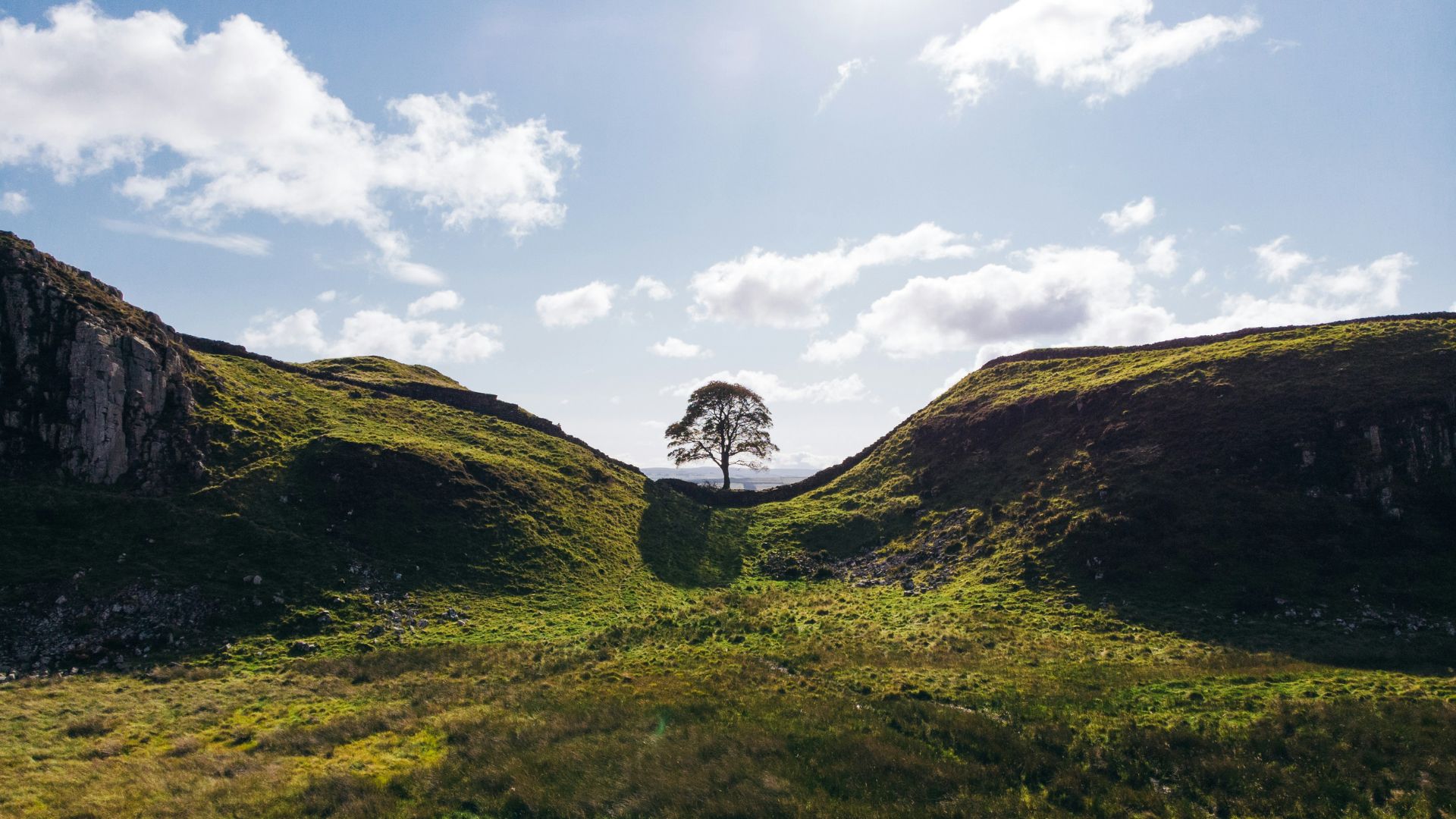







I had never heard that story before. But I find it rather enjoyable since my daughter kept insisting it was the Christians who brought it. I knew better. What does a tree have to do with Christ? Just another child thinking she knows best. Lol
Thank you for your comment Lucy. We also found it a very interesting story to investigate! The Christmas tree has become such an integral part of our lives and its interesting to know why. The article explains why it was this specific type of tree that came to symbolize Christmas, but true we didn’t touch on the name “Christmas Tree”. Historically, Christmas is celebrated to remember the birth of of Jesus Christ, who Christians believe is the Son of God. The name ‘Christmas’ comes from the Mass of Christ (or Jesus). A Mass service (which is sometimes called Communion or Eucharist) is where Christians remember that Jesus died and then came back to life. So the tree probably got its name “Christmas tree” at some point in time relating to the religious day, so your daughter is not wrong 🙂
I have had your urn for several years and always thought about what kind of tree I have them plant in it. Now I have made my decision. I will have a Christmas tree planted in it and when it grows larger, plant the whole thing in the ground. I think that’s a good idea
Phyllis we love reading this!! A very unique and evergreen tree choice